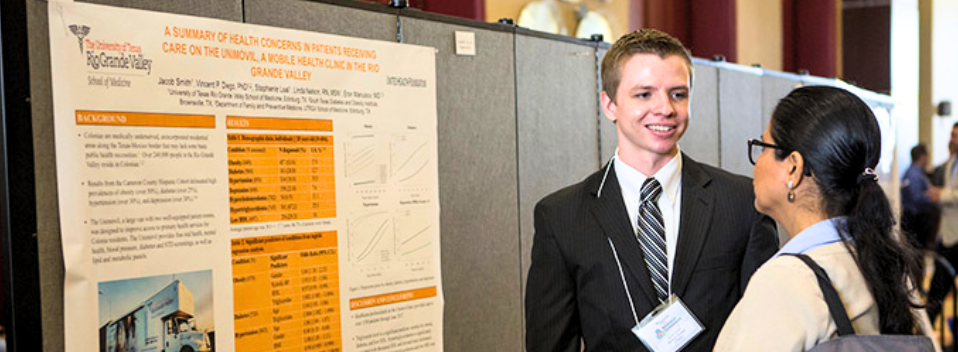MEDI 8127 Scholarly Activities Pre-Clerkship
Document Type
Article
Publication Date
2023
Abstract
The vision cycle in vertebrates includes the essential step of generating 11-cis retinol from all-trans retinyl palmitate. If the visual cycle is disrupted, or if there is no 11-cis retinol formed, people can develop permanent vision loss from conditions such as Leber congenital amaurosis (LCA20) and retinitis pigmentosa (RP20), respectively. This project aims to introduce retinyl palmitate, a type of all-trans retinyl ester, directly into human embryonic kidney (HEK) cells by packaging and delivering in large unilamellar vesicles (LUVs) together with xanthophylls to protect from photodamage. If successful, this would mean that different types of retinyl esters and labeled esters could be delivered to the cells and possibly to the eye. Cell samples were cultured, immunoblotted, extracted, and then analyzed by HPLC. More 11-cis retinol extracted in Expi293 cells suggests Expi293 cells as a superior model in which to replicate the vision cycle. It can be concluded that LRAT, an enzyme that esterifies all-trans retinol, is present endogenously in Expi293 cells and when continuing this experiment, it most likely will not be necessary to transfect LRAT into Expi293 cells. Furthermore, it is possible that the cells have an internal mechanism of hydrolyzing and esterifying xanthophylls for storage. When continuing this experiment, xanthophylls may be delivered in either free or esterified form without significant changes.
Recommended Citation
Tah, Giani C.; Poliakov, Eugenia; Uppal, Sheetal; and Redmond, Thomas Michael, "A retinyl palmitate-loaded lipid-xanthophyll nanoparticle system for substrate delivery in minimal visual cycle in vitro" (2023). MEDI 8127 Scholarly Activities Pre-Clerkship. 53.
https://scholarworks.utrgv.edu/som8127/53
Academic Level
medical student


